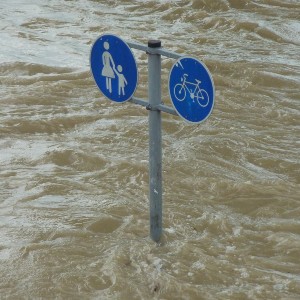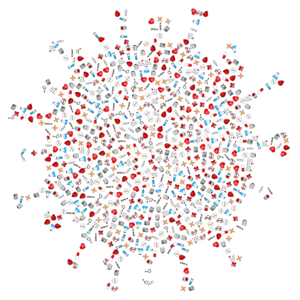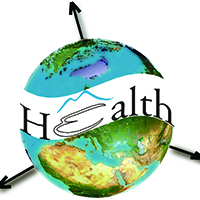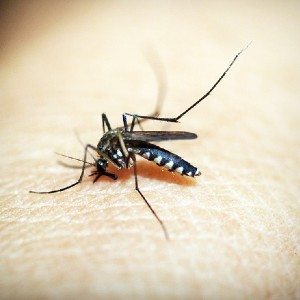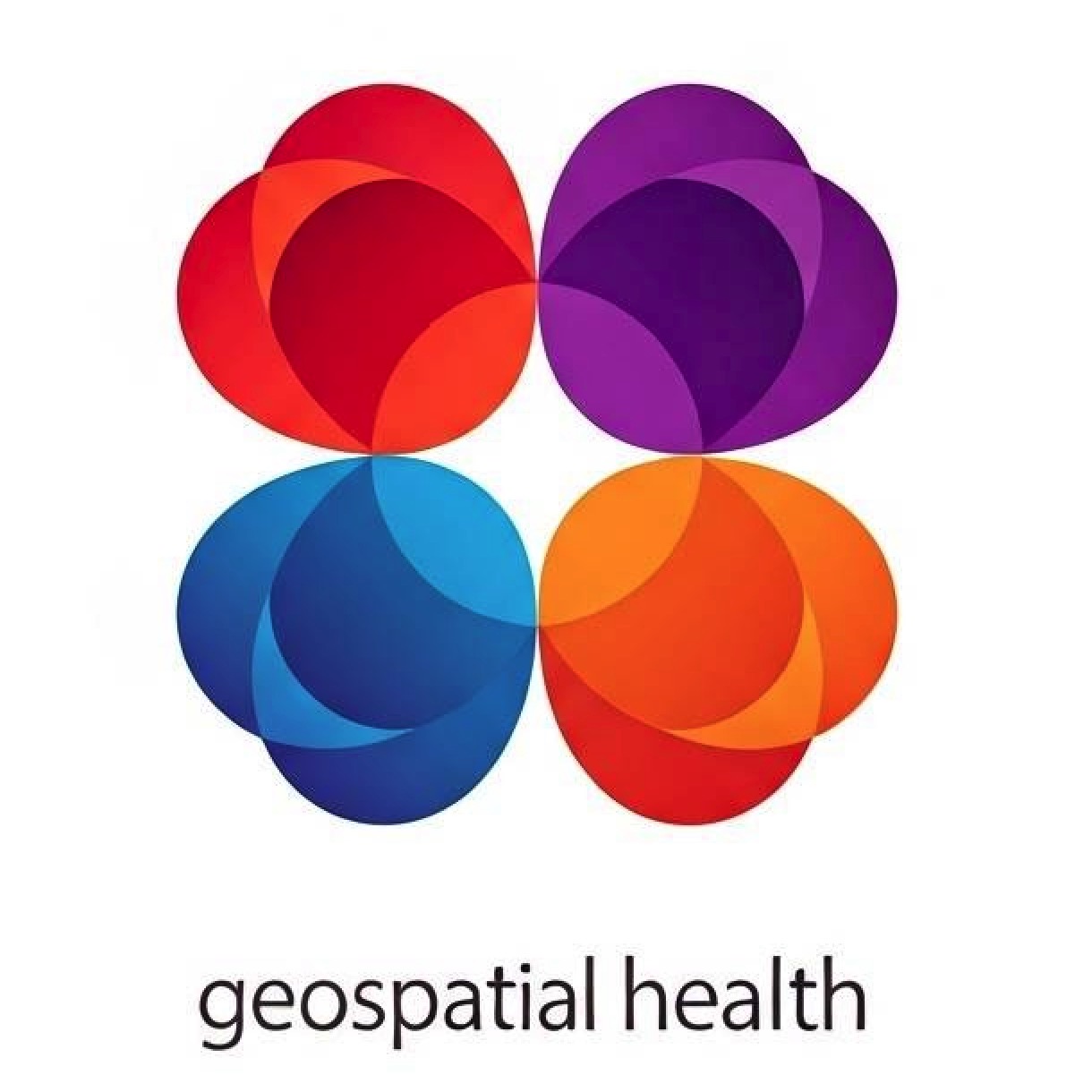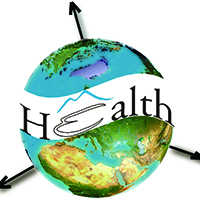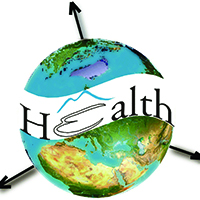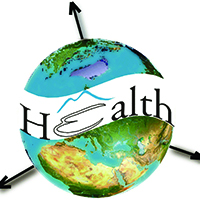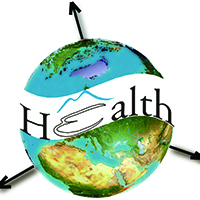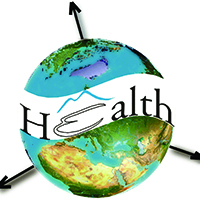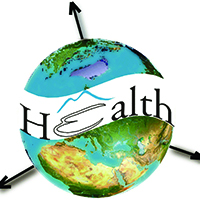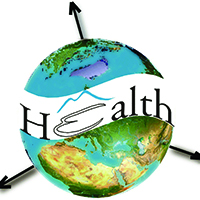FOR AUTHORS
Search
Search Results
##search.searchResults.foundPlural##
-
Assessing the effects of air temperature and rainfall on malaria incidence: an epidemiological study across Rwanda and Uganda
5972PDF: 2144Appendix: 560HTML: 3242Appendix: 211 -
Prediction of dengue cases using the attention-based long short-term memory (LSTM) approach
1801PDF: 885Supplementary Materials: 126HTML: 40 -
Assessing spatial patterns of HIV prevalence and interventions in semi-urban settings in South Africa. Implications for spatially targeted interventions
1955PDF: 485Supplementary 1: 100Supplementary 2: 248HTML: 145 -
Random forest variable selection in spatial malaria transmission modelling in Mpumalanga Province, South Africa
3870PDF: 1586APPENDIX 1: 429APPENDIX 2: 419HTML: 1639 -
Estimating malaria burden in Nigeria: a geostatistical modelling approach
7055PDF: 2910HTML: 3250 -
Identifying counties vulnerable to diabetes from obesity prevalence in the United States: a spatiotemporal analysis
2502PDF: 1179APPENDIX: 406HTML: 1128 -
Associations between rocky mountain spotted fever and veterinary care access, climatic factors and landscape in the State of Arizona, USA
186PDF: 85Supplementary Materials: 7HTML: 0 -
Global Mpox spread due to increased air travel
1967PDF: 579HTML: 239
1 - 44 of 44 items




